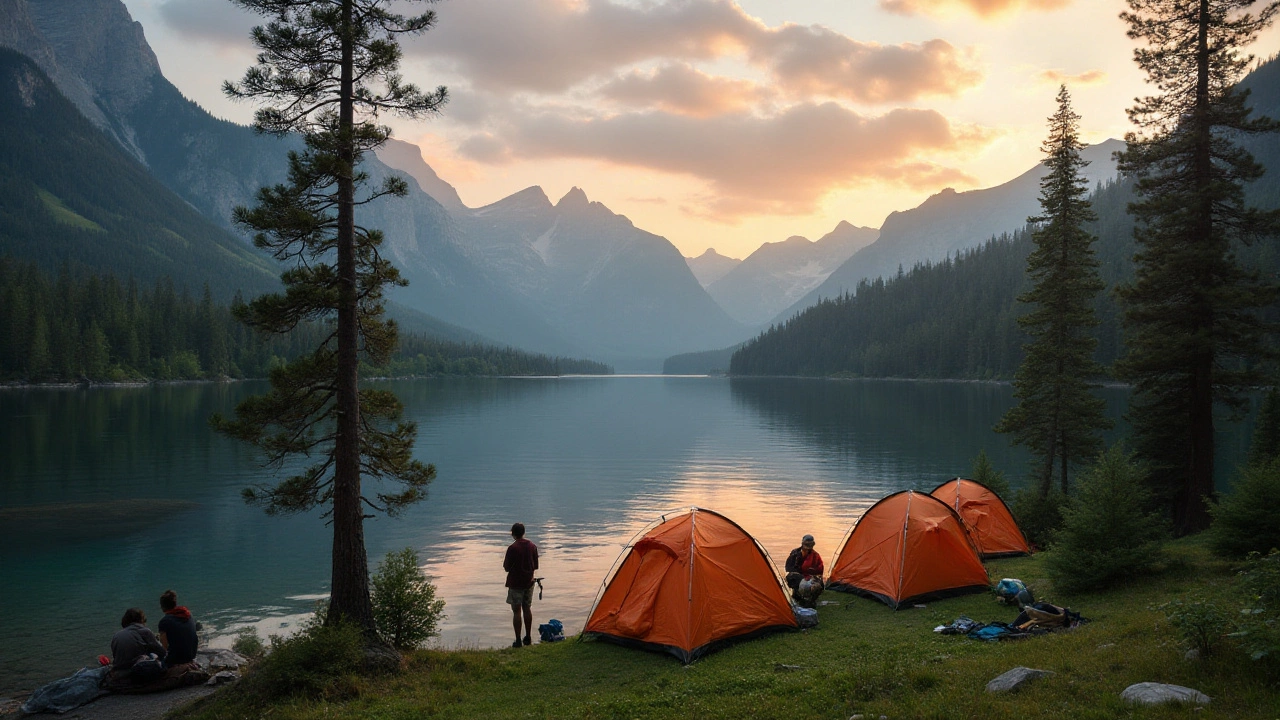US Forest Camping: Tips, Campsites & Safety for Your Next Adventure
If you love waking up to trees, birds, and fresh pine air, forest camping in the United States is a must‑try. Whether you roll in with a motorhome or pitch a tent, the right plan turns a simple night outdoors into a great memory. Below you’ll find the basics you need – permits, gear, campsite picks, and safety tricks – all written in plain English.
Where to Camp: Top US Forest Spots
America’s national forests are spread across every state, so you can find a forest near almost any city. Some fan‑favorites include:
- Yellowstone National Forest (Wyoming) – high‑altitude lakes, wildlife sightings, and well‑marked drives.
- Pisgah National Forest (North Carolina) – waterfalls, mountain bike trails, and free campgrounds that welcome both tents and RVs.
- Davy Crockett National Forest (Texas) – wide‑open pinelands, cheap primitive sites, and easy road access for motorhomes.
- Lake Tahoe Forest (California/Nevada) – crystal‑clear waters, steep slopes, and fire‑ready campsites.
Before you book, check the forest service website for current conditions, fire bans, and any reservation fees. Many forests now require an online permit for overnight stays – it’s a quick form and saves you from a surprise ticket.
Gear, Motorhome Tips & Staying Safe
Gear doesn’t have to be expensive, but it should be right for the woods. A good sleeping bag rated for 20°F, a compact stove, and waterproof footwear cover the basics. If you’re using a motorhome, look for sites with hook‑ups for water and electricity; some forests only offer “dry” pads, so bring extra fresh water and a power inverter.
Fire safety is the biggest rule in US forests. Always use established fire rings, keep the flame small, and have a bucket of water or sand nearby. During high‑risk seasons (usually June‑September) many forests ban open fires entirely – a portable propane stove is a safe alternative.
Wildlife can be curious. Store food in sealed containers or a lock‑box, and never leave trash out. Bears are common in many western forests, so learn the “bear canister” method or use lockers where they’re provided.
Navigation is easy with a smartphone, but signal drops happen in dense woods. A paper map and a compass are cheap backups that many seasoned campers still carry.
Finally, tell someone your plan. A quick text to family with your campsite name, arrival time, and expected leave date gives peace of mind without any extra cost.
US forest camping offers a blend of solitude, adventure, and the chance to unplug. Follow these simple steps, respect the land, and you’ll walk away with stories worth sharing. Ready to pack your bags? The forest is waiting.
Wild Camping Laws in the US: What's Legal and What's Not
Wild camping in the United States offers nature enthusiasts the thrill of immersive outdoor experiences. While the idea of spontaneous camping in untouched wilderness areas is exhilarating, understanding the legalities is essential. Wild camping laws vary greatly across different states and types of land, from state parks to national forests and private properties. This article explores these variations, offering insights into legal spots for wild camping and tips to ensure your camping adventure remains within legal boundaries.
